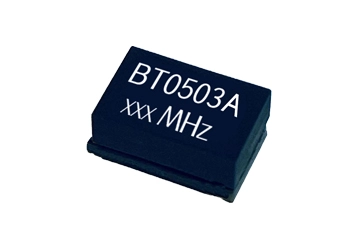
With a reliable analog technique, the BT0503A could provide tight stable frequency output, like ±0.05ppm, from 10~52MHz. Stratum 3 compliant.
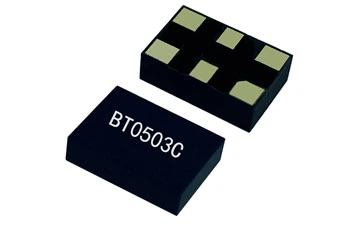
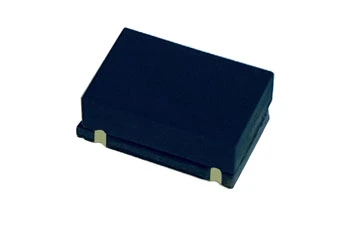
Using a reliable analog technique, the BT0503D/E temperature compensated oscillator could provide stable frequency output from 10~60MHz.
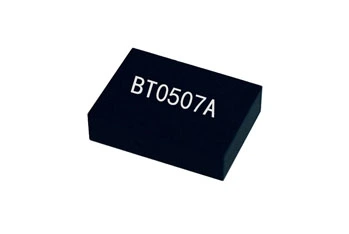
It is one of classic series.This TCXO offers frequencies from 10MHz to 52MHz, ultra stability and other specification options including industrial operating temperature range. Please contact us for your requirements.
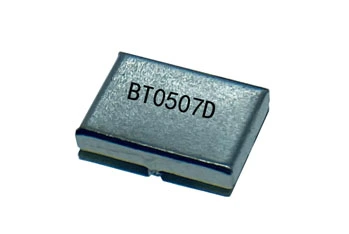
The BT0507C/D features a high level of frequency stability, clipped sine OR cmos output and analogue compensation.
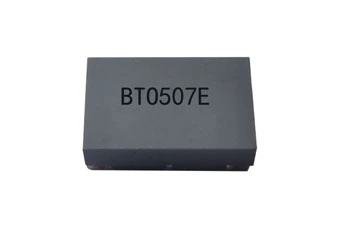
The BT0503A/B features a small 5x7mm package. It is designed for use in a range of ultra stability applications, like precision instruments.
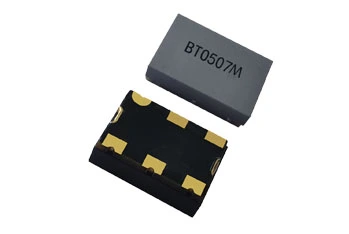
This TCXO offers nominal frequency 100MHz with low phase noise.
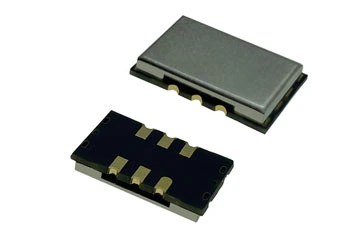
BT0914A offers frequencies up to 122.88MHz, low phase noise, ultra stability and other specification options including industrial operating temperature range.
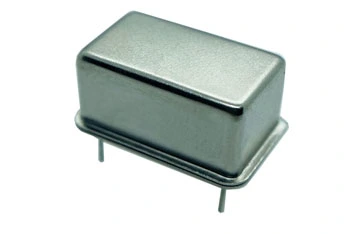
This serie features a high level of frequency stability, frequency adjustment, Sine wave output and high frequency.
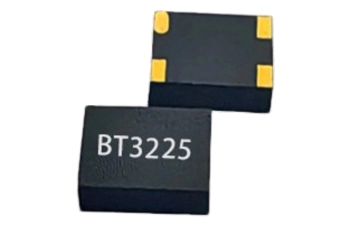
The TCXO has miniature 3.2 x 2.5mm package.
It could provide cmos output. Its nominal frequecy is 20MHz, 40MHz. Customized is available.
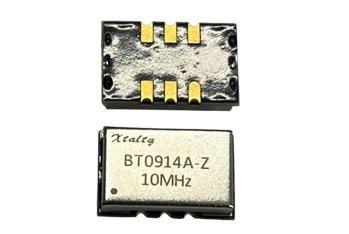
Suited for defence application
Small size 9x14mm and low dynamic phase noise are provided
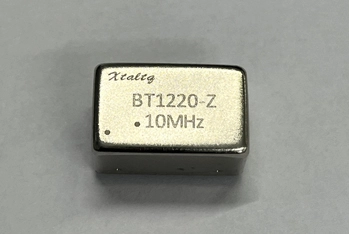
Suited for defence application
DIP 12x20mm and low dynamic phase noise are provided
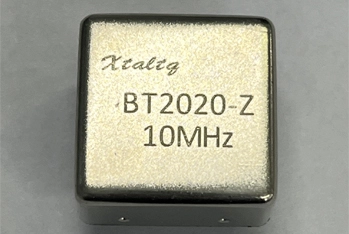
Suited for special environment
DIP 20x20mm and low dynamic phase noise are provided
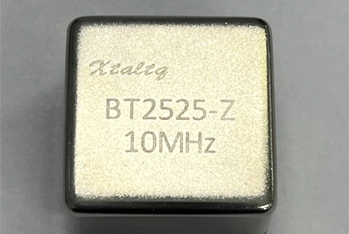
Suited for special environment
DIP 25x25mm and low dynamic phase noise are provided
Ultra Low Phase Noise in Temperature Compensated Crystal Oscillators (TCXOs) plays a pivotal role in enhancing system performance across a wide array of high-precision applications. Phase noise, which represents fluctuations in the phase of the signal produced by an oscillator, can significantly affect the clarity and integrity of the signal in communication systems, radar, and navigation equipment. When phase noise is minimized to ultra-low levels in TCXOs, these systems can achieve higher sensitivity, better signal-to-noise ratios, and improved overall reliability.
In telecommunications, for instance, ultra low phase noise TCXOs enable cleaner signal transmission, allowing for higher data rates and fewer errors across both wired and wireless networks. For GPS and other navigation systems, reduced phase noise enhances the accuracy of location tracking and timing synchronization, critical for applications ranging from geolocation services to precision agriculture.
Moreover, in the realm of defense and aerospace, where secure and clear communication is paramount, ultra low phase noise TCXOs contribute to the robustness of communication links, even in the presence of interference or challenging environmental conditions. Thus, the impact of ultra low phase noise in TCXOs on system performance is profound, offering significant improvements in accuracy, reliability, and efficiency across diverse technological landscapes.
Achieving ultra low phase noise in Temperature Compensated Crystal Oscillator (TCXO) involves a deep understanding of both the physical properties of the crystal oscillator and the electronic circuitry used for temperature compensation. The crystal oscillator’s inherent quality, including its cut, mode of vibration, and the quality of the crystal material itself, plays a crucial role. A high-quality crystal with minimal defects and optimized cut can significantly reduce phase noise by ensuring a more stable and pure oscillation.
On the electronic side, the design of the temperature compensation circuit is critical. This circuit adjusts the oscillator’s frequency in response to temperature changes, aiming to keep the output frequency as stable as possible. Advanced compensation techniques, such as using digital signal processing (DSP) algorithms, can fine-tune the oscillator’s response to temperature variations, minimizing the frequency drift that contributes to phase noise.
Additionally, the overall design of the TCXO, including the choice of components and the layout of the circuit board, affects phase noise. Low-noise voltage regulators, high-quality varactor diodes for fine frequency adjustment, and careful shielding and grounding to minimize electronic interference all contribute to achieving ultra low phase noise. By meticulously optimizing each of these factors, manufacturers can produce TCXOs with exceptionally low phase noise, suitable for the most demanding applications.